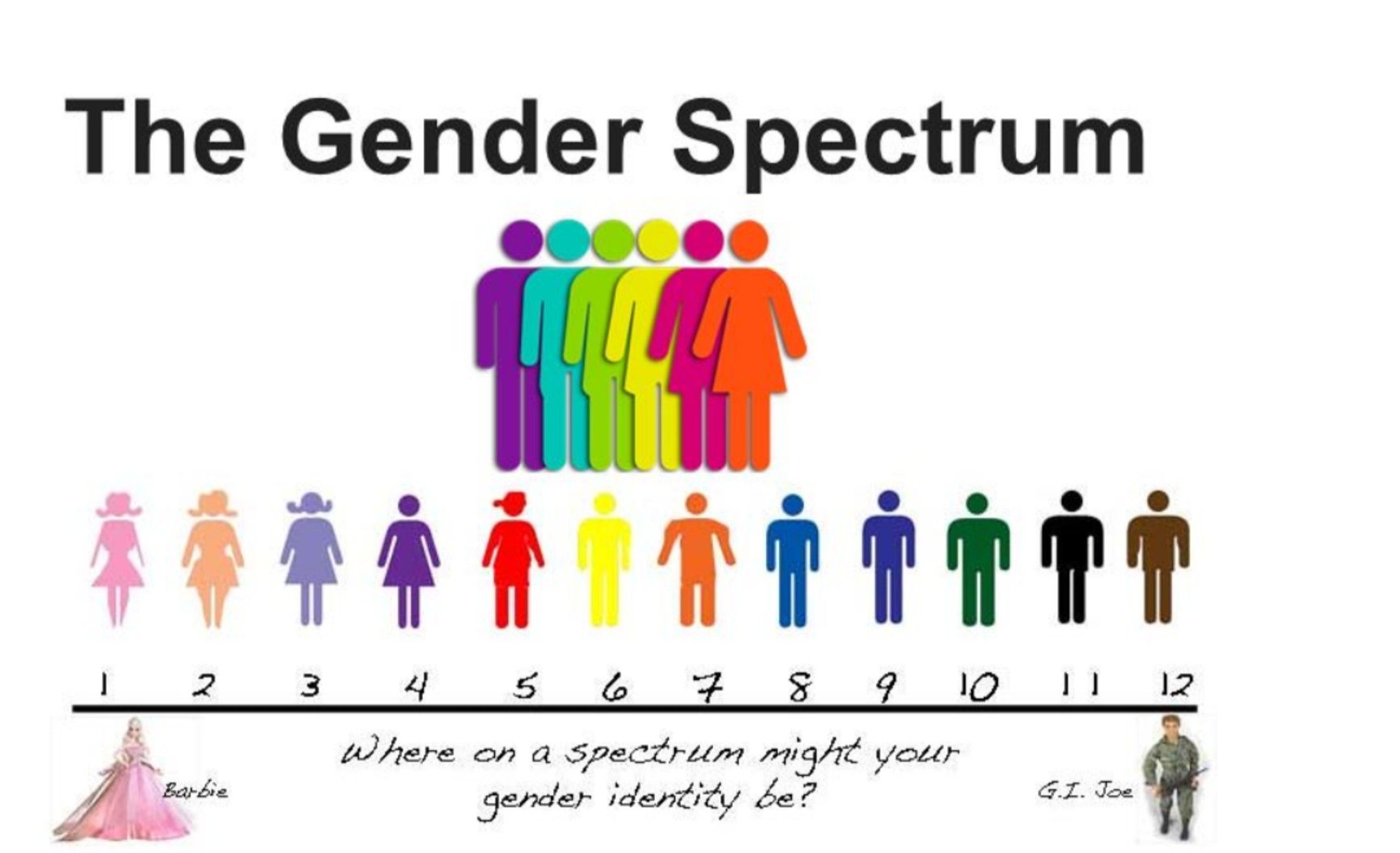Gender fluidity is a complex and diverse identity. There is no one right way to be gender-fluid. It is important to respect the identities of gender-fluid people and to create a more inclusive world for everyone.
What is gender fluidity?
Gender fluidity is a gender identity that is not fixed or static, but that changes or fluctuates over time. People who identify as gender fluid may feel different gender identities at different times or in different contexts. This means that their sense of being male, female, or of another gender non-binary identity may vary and not correspond to the expectations of society or traditional notions of gender. Gender fluid people may feel connected to multiple genders or move along a spectrum of gender expression that includes masculine, feminine, and non-binary characteristics.

Signs of gender fluidity
There is no one-size-fits-all list of signs of gender fluidity, as everyone experiences it differently. However, some common signs may include:
- Feeling comfortable in different types of clothing and gender expressions
- Not feeling comfortable in the gender assigned at birth
- Feeling attracted to people of different genders
- Not feeling represented by the gender categories male/female
- Feeling connected to multiple genders or to no gender
How to come out as gender fluid
Coming out as gender fluid can be a scary experience, but it is important to remember that you are not alone. There are many resources available to help you come out safely and comfortably.
Here are some tips for coming out:
- Choose a person or group of people you trust and who will support you.
- Explain to them what gender fluidity means to you and how you identify.
- Be patient and understanding. It may take some time for people to adjust to your new identity.
Pronouns for gender fluid people
Pronouns are words we use to refer to people without naming them. The most common pronouns are he/she/it, but there are also many non-binary pronouns, such as they/them, ze/zir, and ey/em.
It is important to respect the pronouns of gender fluid people. If you are not sure of a person’s pronouns, it is best to ask them.
Gender fluid fashion
Gender fluid fashion is a way of expressing oneself through clothing and accessories without being limited by traditional gender conventions. Gender fluid people may wear any type of clothing that makes them feel comfortable and confident.

Gender fluid names
Gender fluid names are names that are not specifically masculine or feminine. Some gender fluid people choose to change their name to better reflect their identity.
Gender fluid celebrities
There are many gender fluid celebrities, such as Demi Lovato, Miley Cyrus, and Sam Smith. These celebrities play an important role in raising awareness of gender fluidity and in representing gender fluid people positively in the media.

Gender fluid flag
The gender fluid flag is composed of five horizontal stripes of different colors: pink, white, purple, black, and blue. Each color represents a different aspect of the gender fluid identity.
- Pink represents femininity.
- White represents agender people, who do not identify with any gender.
- Purple represents the combination of the genders feminine and masculine.
- Black represents non-binary people who do not identify with the gender binary.
- Blue represents masculinity.
History of gender fluidity
Gender fluidity has been around for centuries, but it is only recently that it has begun to be more widely accepted and understood. In the past, gender fluid people were often marginalized and discriminated against. However, today, there is a growing movement to promote gender equality and inclusion, and gender fluid people are playing an important role in this movement.
Resources for gender fluid people
There are many resources available to support gender fluid people. Here are a few examples:
- The Gender Spectrum
- The National Center for Transgender Equality
- GLAAD
- PFLAG

Support groups for gender fluid people
Support groups can be a great way for gender fluid people to connect with others who share their experiences. Here are a few examples:
- The Gender Spectrum’s Online Support Groups
- Trans Lifeline
- The Trevor Project
- The National Queer and Trans Therapists of Color Network
Books about gender fluidity
There are many books available about gender fluidity. Here are a few examples:
- Gender Queer: A Memoir
- Beyond the Gender Binary: A Guide to Understanding Non-Binary Gender Identities
- Transgender and Gender
Pingback: 10 Ways to Be a Better Ally to Gender-Fluid People - transgenderz
Comments are closed.